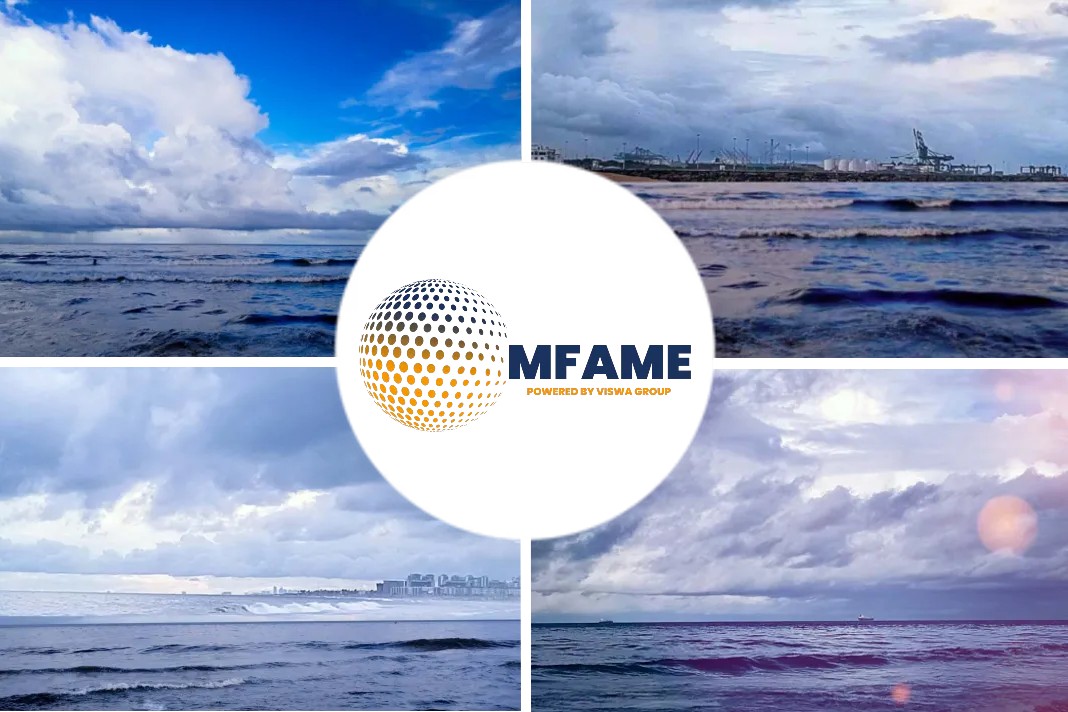
Weak Rhine waters are causing barge traffic to be disrupted and shipping costs to rise, which may be an early sign that the continent needs to prepare for a repeat of the seismic economic shock brought on by the drought last year, as reported by Bloomberg.
Transporting diesel
The river measure at Kaub, a significant crossroads in western Germany, is at its lowest level for this time of year since 2017. Any badges that want to transport diesel deeper into inland Europe must only load at around half their capacity. The ship will occupy a low position in the channel if it is loaded with cargo.
“For the time of year, it’s quite bad,” said Mitchell van der Hoeven, a ship broker at Riverlake, which handles barging on the continent’s inland waterways. “We might get into a situation that we had last summer, where production will need to be cut or stopped.”
In Europe, atypically warm winter weather and a lack of precipitation are having an impact, especially on farmers and energy producers. Some growers are reducing their plantings of potatoes, carrots, parsnips, and onions since there may not be enough water to irrigate them in the upcoming months because most of France and southern Britain have had less than a fourth of their typical rainfall in the past 30 days.
Can’t risk it!
“I can’t take that risk,” said Andrew Blenkiron, a farmer in Suffolk, England, who’s cutting the acreage for those crops by a quarter. December and January’s rainfall totalled about half the average, and just 3 millimetres (0.1 inches) fell so far in February.
The dry spell is the second one that British leeks have experienced in a calendar year. According to Tim Casey, chairman of the British Leek Growers Association, the tall, green vegetable is sown from March to May and harvested for up to 13 months after that.
According to Casey, a farmer in Lincolnshire, local supplies are anticipated to run out in April, necessitating additional imports.
“The leeks never had the chance to catch up,” he said.
Some hydroelectric companies’ reservoir levels have decreased, which might reduce output as nations work to transition away from fossil fuels and increase their reliance on renewable energy sources. Concerns have been raised at Electricite de France SA and Engie SA, who supply the majority of the country’s hydropower in France, where persistent droughts last year caused production from electric dams to plummet to the lowest level since 1976.
Moreover, it can reduce the amount of water that is available to cool nuclear reactors.
Difficult energy management
“A very dry winter could lead to tensions in the power system this summer,” Engie Chief Executive Officer Catherine MacGregor said.
According to BloombergNEF, hydropower generation in the Nordic region, where Europe’s largest reservoirs are located, is still 10% below the seasonal average for the previous five years. The spring snowmelt will determine if things improve, according to Carlos Torres Diaz, head of electricity at consultant Rystad Energy AS.
“Hydro levels are starting to decline faster than in recent years,” Diaz said. “More-extreme weather will become more recurrent, and this will make energy management more difficult.”
Next week is forecast to bring more dry weather to northern Europe, but March is expected to bring more rain, according to Amy Hodgson, a meteorologist at Atmospheric G2 in Birmingham, England.
The dry conditions are a warning of what could happen – again — even though the Rhine has some breathing room before entering a full-blown crisis. The drying up of Europe’s waterways last summer caused an $80 billion trade economy to be interrupted, affecting maize cultivation, chemical manufacturing, electricity generation, and oil refining.
Delivering petroleum
The Rhine, which flows 800 miles through Europe from its origins in the Alps, carried about 170 million tonnes of essential cargo in 2021, including coal, iron ore, and petroleum products.
The cost of delivering petroleum by barge across rivers has already increased this year, with the current cost between Karlsruhe, in southwest Germany, and the Netherlands about tripling the five-year average.
A 14-day projection indicates that there is an 86% chance that by the end of the first week of March, the measured level at Kaub would be 97 cm (38 inches) or lower. Since at least the beginning of 2014, that hasn’t occurred.
According to Dennis Meissner of the German Federal Institute of Hydrology, the amount of snow in the Rhine’s Alpine region is currently rather low. This is significant because when the snow melts, it serves as one of the river’s primary feeds.
However, he noted, if there is more rain than usual in the spring and summer, that might make up for it.
“Everybody is talking about it,” Van der Hoeven said of the water level. “Nobody knows what will happen.”
Did you subscribe to our newsletter?
It’s free! Click here to subscribe!
Source: Bloomberg





















